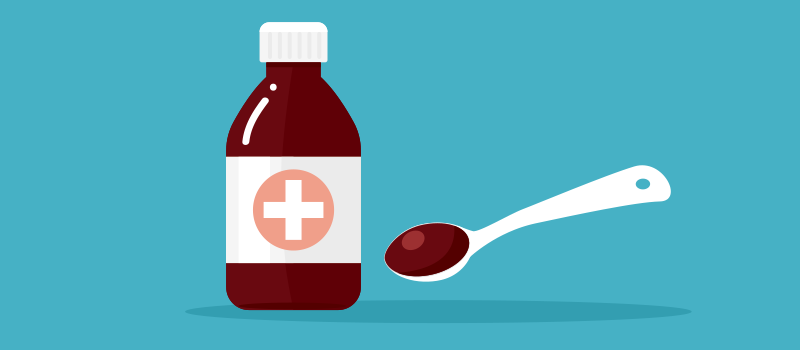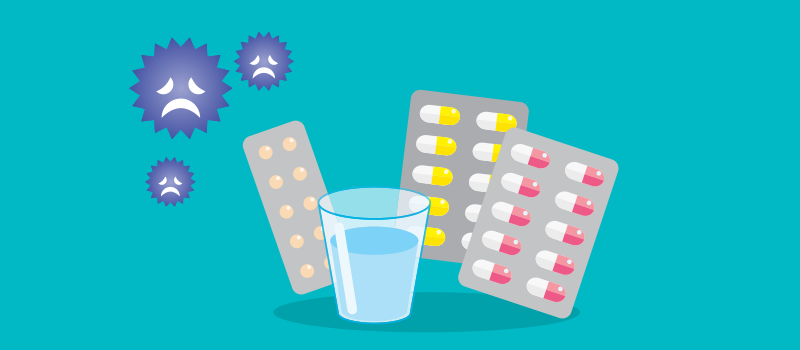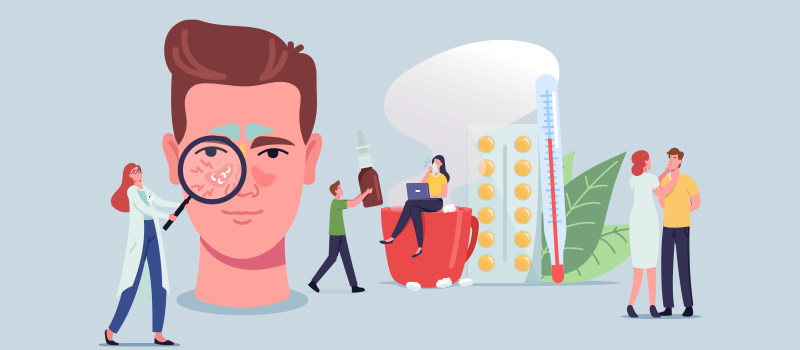What’s the Buzz
The Bee Healthy Blog
How to Get Rid of a Cold in 24 Hours?

Healthy adults have 2-3 colds a year on average. Children are at even greater risk. Cold viruses enter the body through the eyes, nose, or mouth and cause a short-lived and self-limited but uncomfortable illness. There are several things you can do to speed up the recovery process and get rid of a cold fast.
Please keep reading to learn some effective cold remedies, including natural remedies and over-the-counter medications. These remedies can ease symptoms and help your immune system and body fight common colds and other respiratory infections.
What are the symptoms of a common cold?
The common cold and flu are infectious diseases caused by viruses. Cold and flu viruses frequently cause very similar symptoms, including blocked nasal passages, runny nose, nasal congestion, sneezing, sore throat, cough, headache, muscle aches, body aches, fever, sinus pressure, and changes in taste and smell.
How long do cold and flu symptoms usually last?
A typical cold lasts for 7 to 10 days. Staying hydrated, getting plenty of rest, and taking over-the-counter medications can help to relieve symptoms and make the illness less distressful.
Is it possible for a cold to go away overnight?
Unfortunately, no miracle cure or magic bullet can get rid of a cold overnight. However, there are many cold and flu remedies that can help you feel better quickly.
How do you get rid of a cold in 24 hours?
As mentioned, there is nothing that can get rid of a cold quickly within 24 hours. However, there are several things you can do to start feeling better fast. Here are some natural remedies that can help to loosen mucus, reduce nasal congestion, soothe a scratchy throat, and relieve cough.
Get plenty of rest
It can be tempting to keep pushing on with work and household chores when you have a simple cold. However, rest is vital to support your body’s ability to fight a cold virus. So, if you’re feeling under the weather with cold symptoms, take some time off and relax.
Get enough sleep
When the body fights infections, sleep is critical for helping it do so. Simply staying in bed with cold symptoms is not enough. It’s important to get enough sleep to get rid of a cold fast. Go to bed early and take naps throughout the day. Enjoy the free pass and catch up on sleep as you recover.
Drink plenty of warm drinks
Staying hydrated is important to flush out the cold virus from your body. Drinks like warm water, warm lemon water with half a teaspoon of honey, warm tea, herbal tea, and chicken soup are recommended. They help to loosen congestion, soothe sore throats, and calm down inflamed mucus membranes. However, avoid very hot tea or other hot liquids, as they can burn your throat.
Consider taking supplements
Although there is no strong scientific evidence that supplements can get rid of a cold fast, it is something worth trying. You can try increasing your vitamin C intake by eating foods rich in this vitamin (citrus fruits, berries, papayas, red peppers, broccoli) or by taking a vitamin C supplement; there is evidence that it may reduce the severity of a cold.
Other supplements that can support the immune system include ginger, garlic, turmeric, zinc, and echinacea. If you’re looking for more natural ways to get back on your feet faster, consider eating things like pumpkin seeds, fresh ginger, honey, chicken soup, and bone broth, which are packed with nutrients.
During the colder months (flu season), many people don’t spend enough time outdoors and therefore become deficient in vitamin D. Talk to your healthcare provider about taking a vitamin D supplement to maximize your immune response to a cold.
Use a cool mist humidifier
The dry air inside your home in the winter months can further irritate your sore throat and blocked nasal passages. A humidifier can add some moisture to the air and help to thin mucus, and provide relief.
Take a warm shower
A warm shower or bath can loosen mucus, relax your muscles, relieve aches and pains, and improve sleep. Consider adding a few drops of essential oil to your bath for a relaxing experience. Avoid taking a hot shower, however, as it can cause dry and irritated skin.
Practice good hand hygiene
The one thing the COVID-19 pandemic reminded us of is the importance of washing hands frequently and properly. This simple practice can help prevent colds and reduce the severity of the illness if you are already sick.
Stay home
If you have cold or flu symptoms, it’s important to stay home. This not only gives you an opportunity to get some much-needed rest but also protects others from getting infected.
Can home remedies help with sore throat and cold symptoms?
Home remedies can certainly help to relieve cold symptoms. However, if you’re looking for something stronger or more convenient, there are several over-the-counter (OTC) medicines that can help to ease common cold symptoms. Remember, while cold medicine can make your symptoms less severe, it will not help you get rid of a cold faster. Here are some treatment options for the common cold:
- Pain relievers like acetaminophen can help with fever and body aches. Note: Many cold medicines contain similar ingredients: Be sure to check the contents of all your cold medications so that you don’t overdose on a pain reliever.
- Throat lozenges like zinc lozenges can soothe a sore throat.
- A saline nasal spray or decongestant can help with a stuffy nose. Check how long it is safe to use a nasal spray. Overuse can lead to worsening congestion.
- Antihistamines can help with a runny nose and sneezing.
- An expectorant can help make mucus thinner and looser.
- A neti pot and saline solution can help clean out your sinuses.
Last but not least, avoid taking antibiotics for the common cold. This is a viral illness, and antibiotics will not help. On the other hand, unnecessary use of antibiotics can give rise to antibiotic-resistant bacteria, making it harder to treat bacterial infections in the future.
References:











SOCIAL